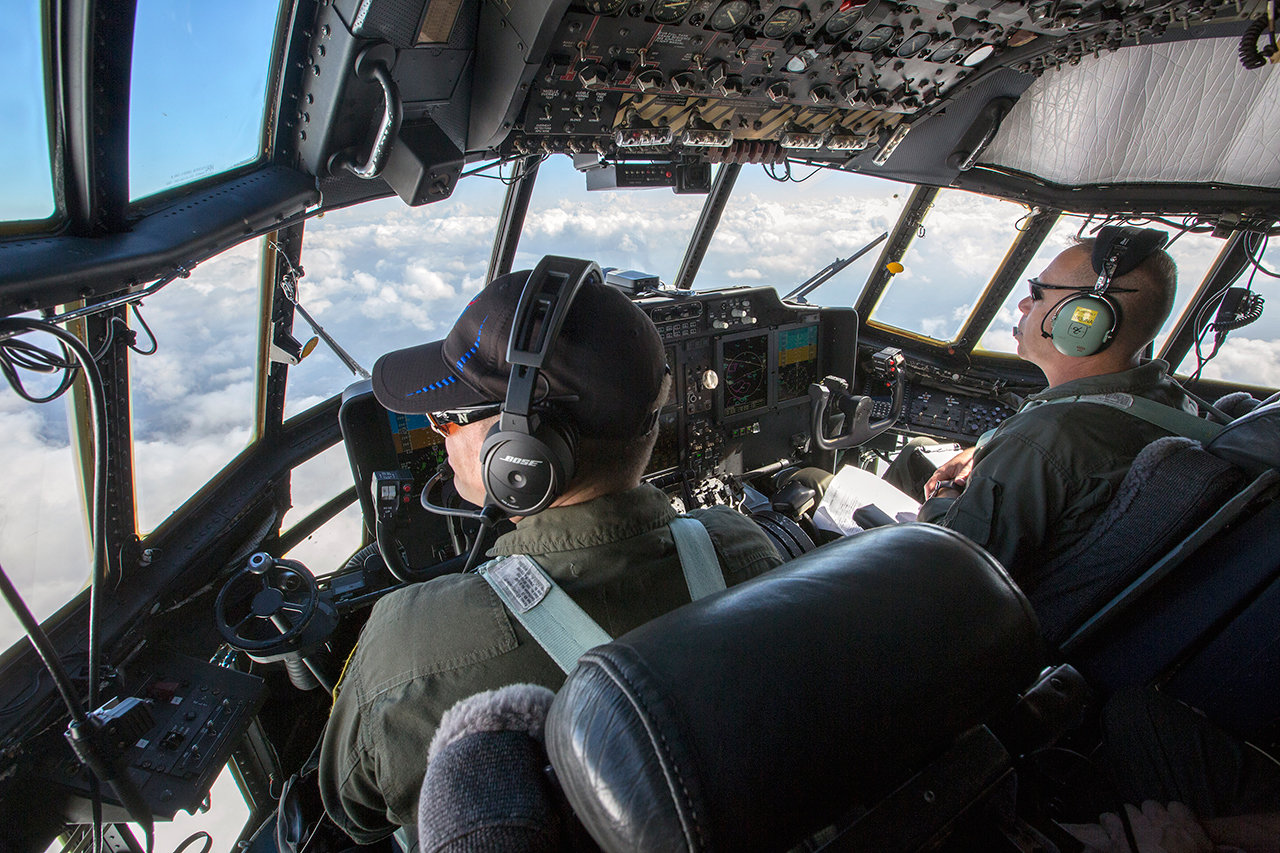April showers bring May … carbon dioxide?
Ok, so that's not quite how the old adage goes, but for a team of researchers from NASA and academia, it's close to the truth.
The researchers are part of a study to understand with more clarity the transport of greenhouse gases in Earth’s changing climate.
Atmospheric Carbon and Transport-America (ACT-America) is a five-year NASA look at concentrations of carbon dioxide and methane in relation to weather systems in the eastern half of the U.S.
The study just began a fourth round of science flights, which may reveal that big spring storms are pushing around quite a bit of carbon dioxide.
"The respiration from the biosphere has been accumulating all winter. Photosynthesis is just starting to get going," said ACT-America Principal Investigator Ken Davis of Pennsylvania State University, University Park. "So we may have the most buildup of carbon dioxide in the northern latitude, lower atmosphere at this time of year. As storms move through, that gets transported from north to south."
Flying into spring storms
Previous measurements, largely from stationary ground-based tower stations, have hinted at this phenomenon. The ACT-America flights will head straight into the frontal boundaries to see whether those hints speak to greater truths. It will be the first time scientists have flown into spring storms with the specific goal of mapping out carbon transport.
Flights are currently employing greenhouse-gas-detecting instruments on a B-200 from NASA’s Langley Research Center in Hampton, Virginia. A C-130 from NASA’s Wallops Flight Facility on Virginia’s Eastern Shore, is scheduled to join the campaign soon.
Another objective of the spring flights is for researchers to get a better handle on the beginnings of photosynthesis and its effects on carbon transport. Ecosystem models don't handle the transition from winter to summer very well, so during fair-weather flights, Davis and company will zero in on the carbon exchange taking place between Earth's surface and lower atmosphere.
"What's unique is we'll cover large areas, a few hundred kilometers on a side, just for a few days," said Davis. "But that snapshot will help us to evaluate the variety of ecosystem models used to simulate that process."
Flights are currently based out of Shreveport, Louisiana, and are scheduled to transition to Lincoln, Nebraska, next week. For the final two weeks of flights in May, operations will move to coastal Virginia.
Wetlands methane
In the hunt for methane, coastal wetlands are of particular interest to ACT-America scientists because there's a lot of uncertainty around how much methane they produce.
"We've been looking back at our first summer campaign and we don't see a great deal of evidence for strong methane emissions from the coastal wetlands," said Davis, "so we'd like to go back and check that out in the spring, too."
Previous ACT-America flight campaigns have taken place during summer, fall and winter. The study is planning an additional summer flight campaign to ensure a comprehensive dataset for that season, which is rich with greenhouse gas activity.
ACT-America is one of six recent airborne studies funded by NASA’s Earth System Science Pathfinder Program.
NASA collects data from space, air, land and sea to increase our understanding of our home planet, improve lives and safeguard our future. NASA develops new ways to observe and study Earth's interconnected natural systems with long-term data records. The agency shares this knowledge and works with institutions around the world to gain new insights into how our planet is changing.






